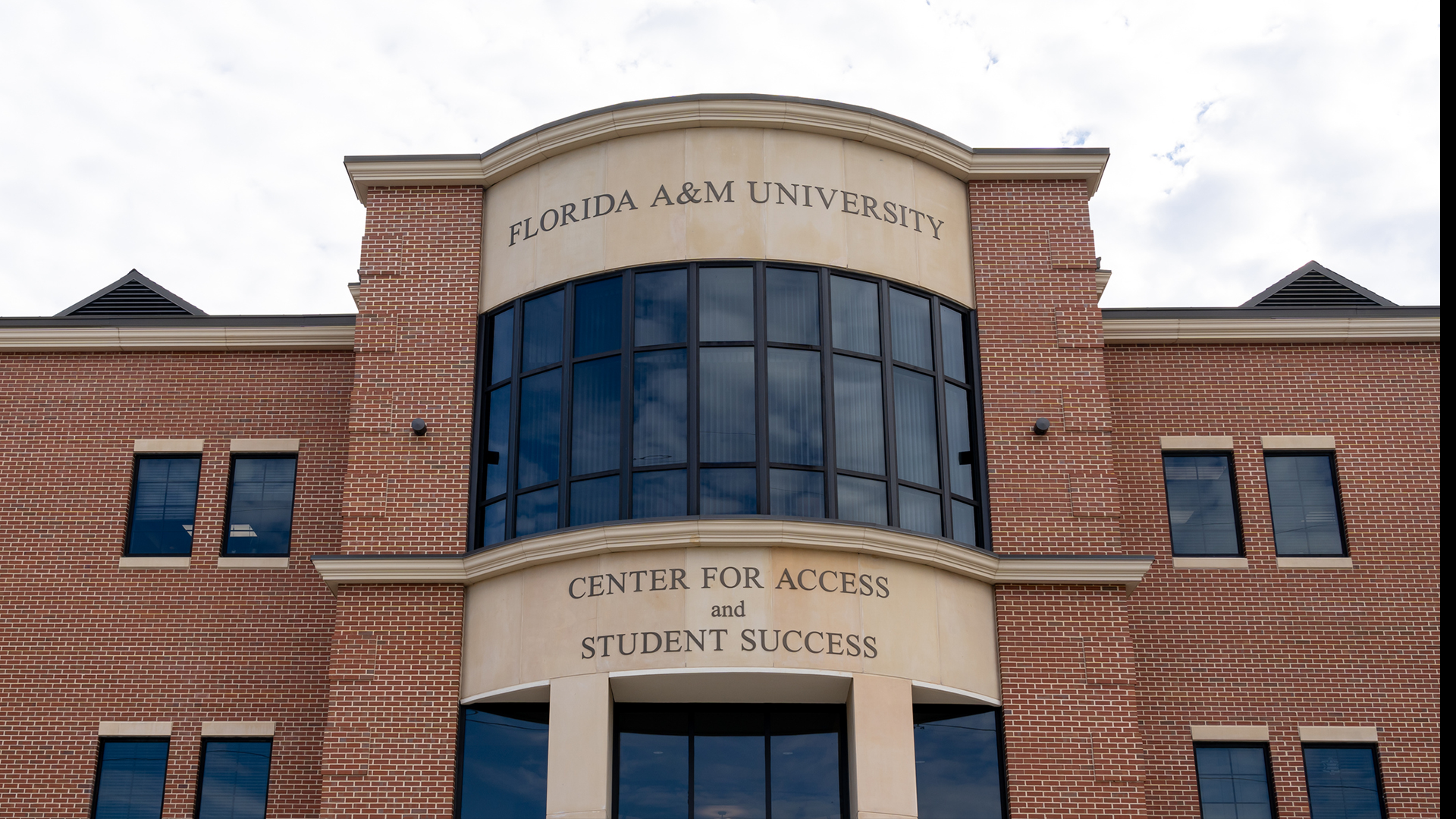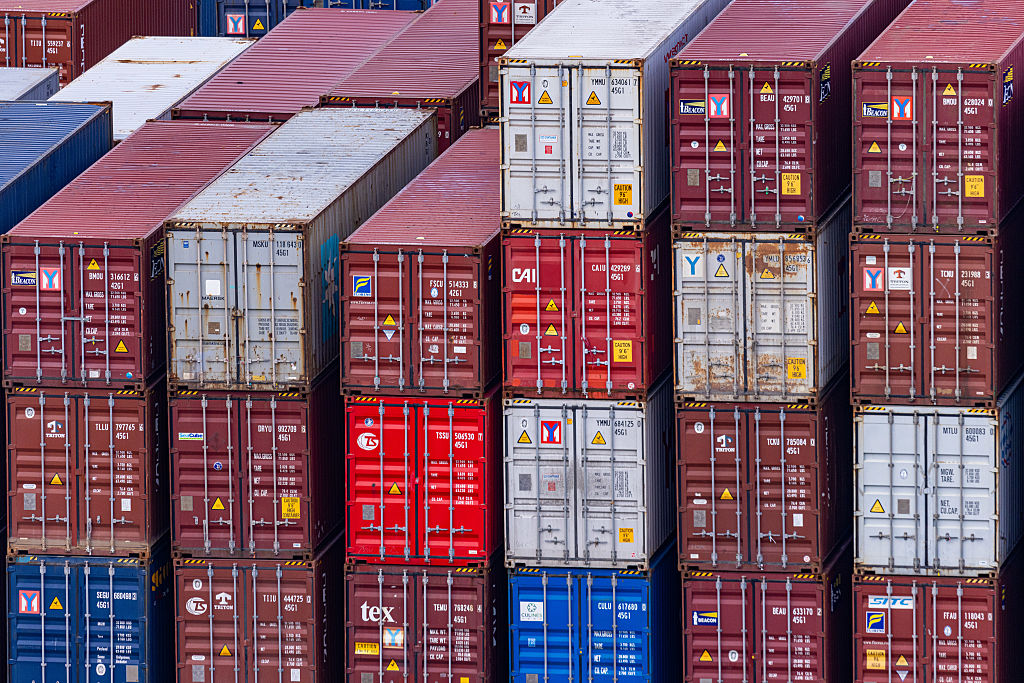The black immigrant population has increased fivefold since the 1980s according to a report this year from the Pew Research Center. Immigrants made up 10 percent of the black population in the U.S. in a 2016 population survey. And now, thanks to the United States Digital Service (USDS) and their partnership with U.S. Citizenship and Immigration Services (USCIS), the immigration processes are becoming more efficient and, in turn, more accessible.
USDS has partnered with USCIS to create modern tools and systems for processing immigration applications, made green card renewals faster through a streamlined review process, and introduced iPads into interviews for better applicant experience. These modern systems enabled USCIS to build online applications, where immigrants can apply for naturalization and renew their green card online. Now, USCIS’s new online applications help people find the immigration options that work for them and their unique situations, providing more accessibility and options for those in need.
The U.S. Digital Service is a tech startup at The White House, founded by President Obama in 2014. USDS applies modern design and technology practices to improve government services for all Americans. They operate a network of teams, including the Department of Homeland Security team, that work to transform critical public-facing services, such as immigration and citizenship, making them more effective and user-centered. To accomplish this mission, USDS hires technologists to do short-term tours of duty, ranging from three months to four years, bringing fresh skills and new perspectives to partner with government’s brightest civil service talent.
USDS is working with U.S. Citizenship & Immigration Services (USCIS) to digitize the most common benefits and services. There are more than seven million immigration applications and requests each year and digitization increases efficiency and reduces costs and backlogs. Since USCIS and USDS launched the new digital tools to process applications for naturalization in October 2017, USCIS is now processing nearly 50% of its new workload digitally, as opposed to less than 10% in 2014.
Whether new Americans need to renew a green card or want to become naturalized citizens, USDS is working to streamline the process and empower government officials and new Americans with the tools they need.
In a Webby exclusive, Eric Hysen, a former Google employee who was an early engineer at USDS, talked about how people do not expect the skills of engineers, such as coding, to help refugees. But their department became one of the easiest to get people to work on.
If you are interested in being a part of an important program like this within USDS and you share their values, you can find out about potential opportunities and apply here to work alongside the team in a 3-month or longer tour of duty.
This post is sponsored by USDS.
















